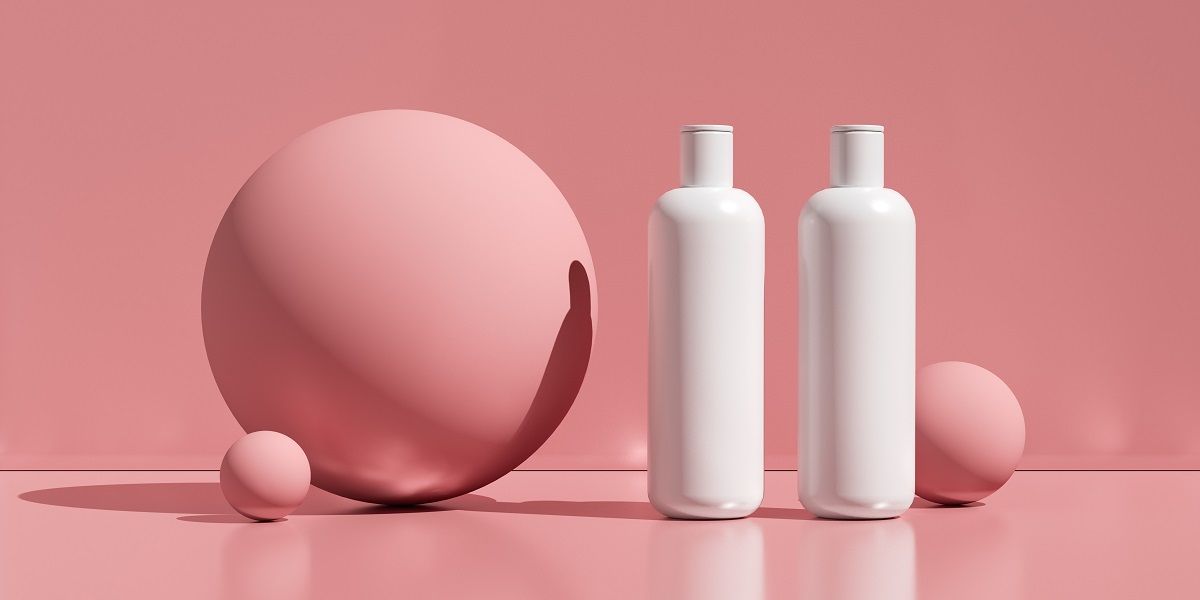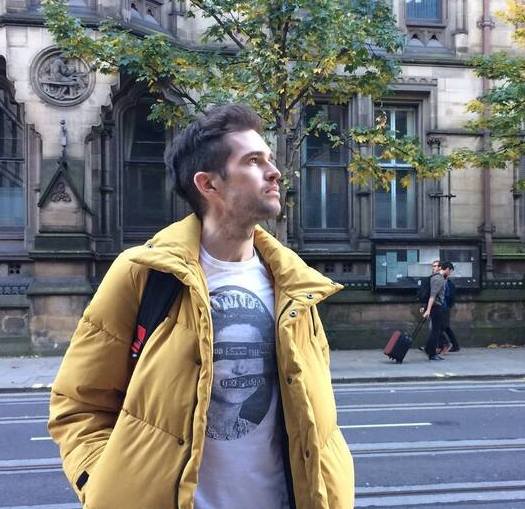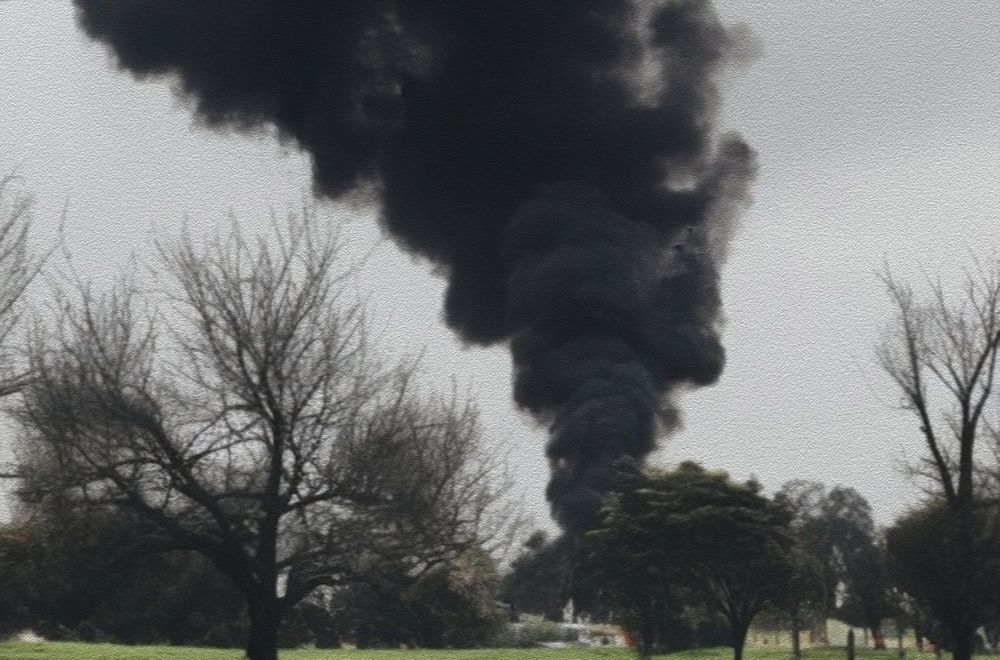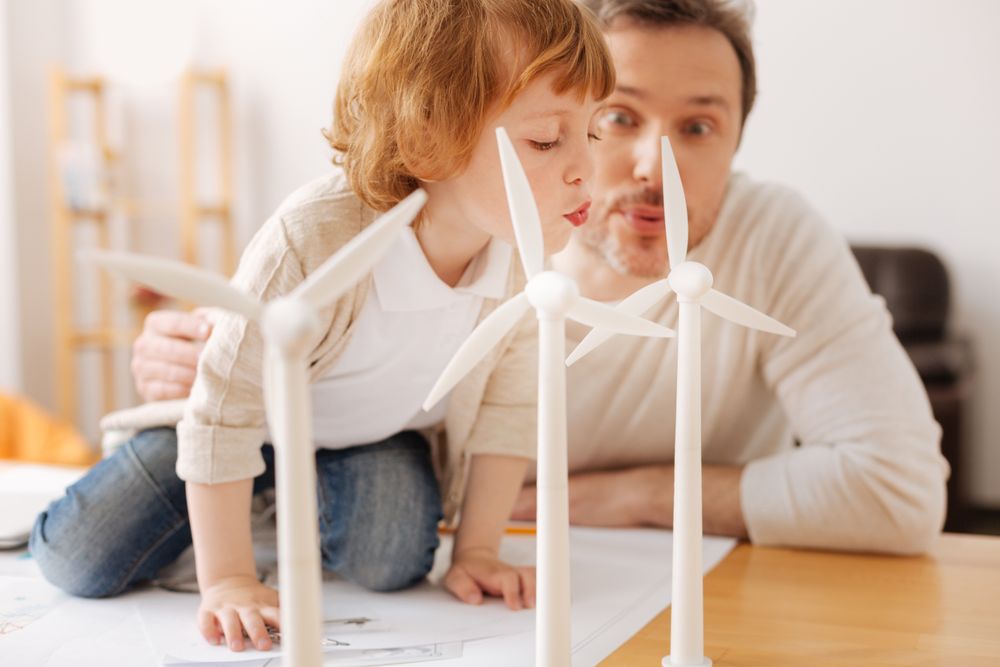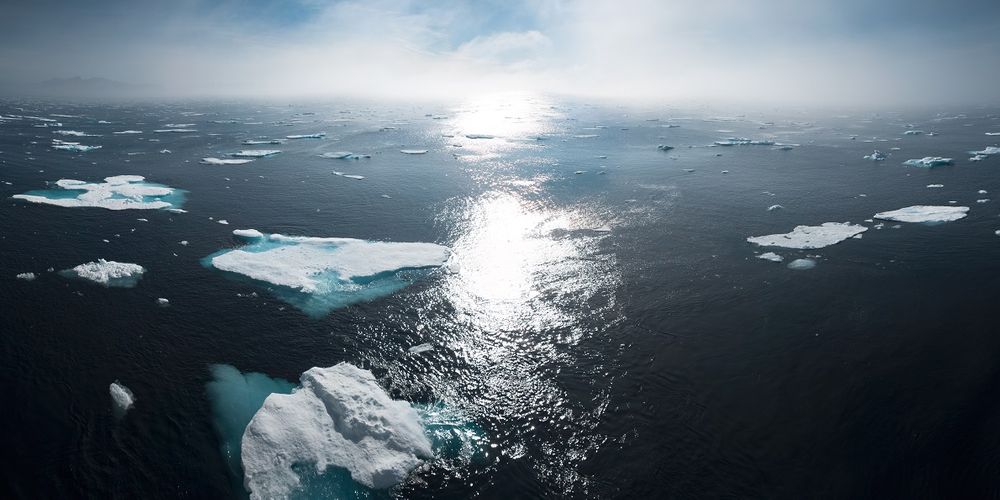Plastic pollution is endemic, and it’s a major global threat.
Happily, corporations and brands around the world have started to change the way they produce packaging. You’ll have heard phrases like “100% recyclable packaging” bandied around, while businesses have driven home the point that some of their packaging is now made from “biodegradable plastic” and things are looking so very eco.
But who’s really telling the truth here? Can we trust corporations who have lied in the past?
The problem is that there is still a lot of greenwashing going on in the world of eco packaging. Sometimes, the packaging you think is doing great things for the planet is actually doing the opposite.
Not just this, but it’s the “small” everyday packaging that you think is recyclable but which probably isn’t. For example, pizza boxes: Can we recycle them or not?
Or how about the paper that’s wrapped around our chicken nuggets?
Or what about those coffee cups that you take at Starbucks on your way to work? Are they recyclable?
I know — it sounds a bit grim (and maybe even a bit cynical). But knowledge is power. So join NatureHub as we take a look at the fake eco packaging that isn’t recyclable.
👎 Paper coffee cups
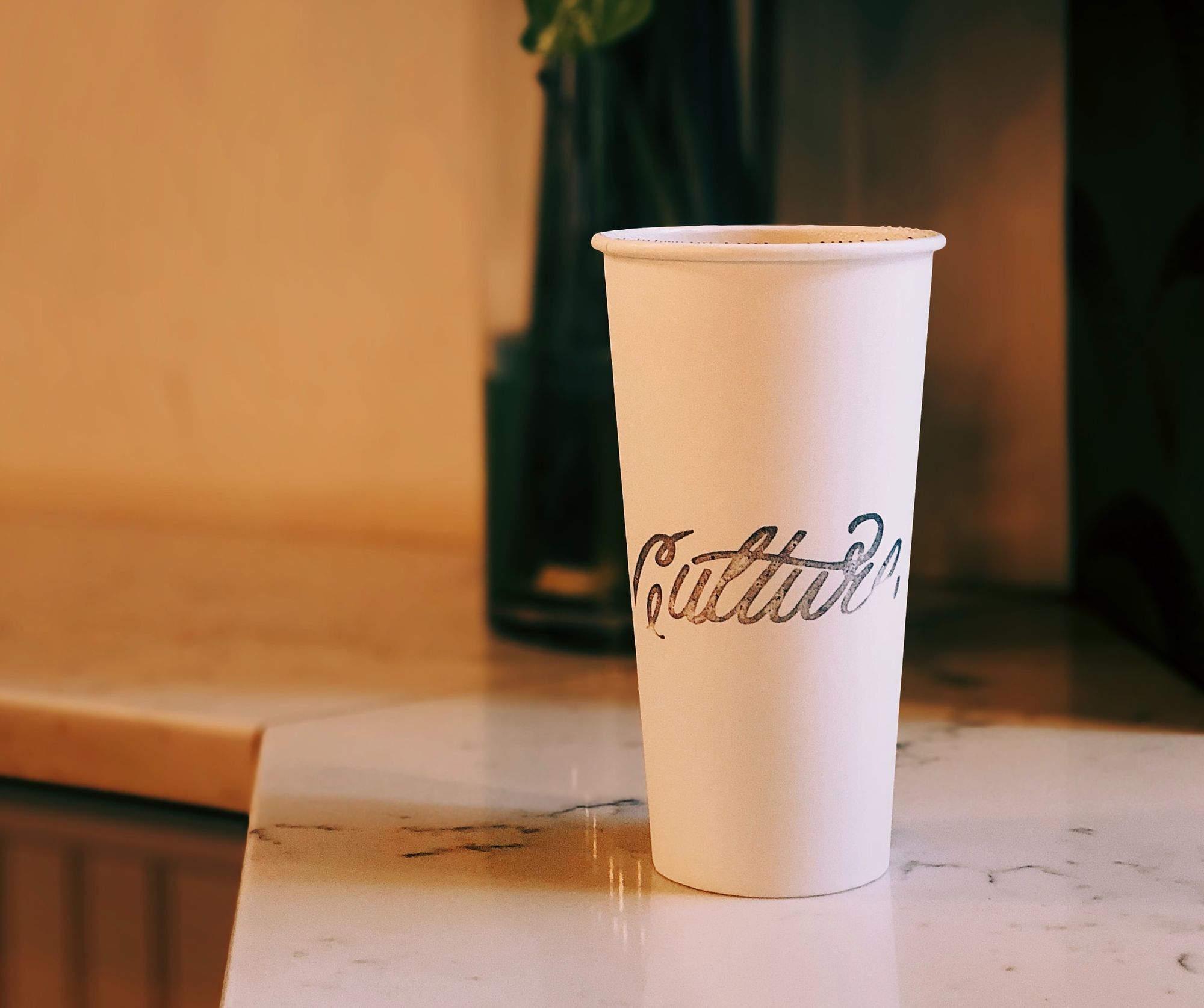
Lots and lots and LOTS of people drink at least one cup of coffee per day. Many of us, when we get to work, order double that amount from the vending machine.
Thing is, those coffee cups that pop out of the vending machine (as well as those that we takeout from coffee shops) simply add more woe to our growing landfill problem.
True, those paper cups can theoretically be recycled, but it is very complicated: they aren’t entirely paper but also have a layer of plastic film, which is technically hard to separate. They should be sent to specialist recycling facilities, and the best way to make this happen is to return them to the provider who will (or should have) in place their own recycling schemes dedicated to these cups in particular.
But how many of us are doing that at the moment? Chances are, all (yes, all) the coffee cups you’re taking are going to the landfill.
Also, consider this: Paper might sound better than plastic in theory, but it contributes to deforestation. Forest resources are already limited, so the last thing we should be doing is contributing more to the global forest problem by drinking — and then disposing — numerous cups of coffee each week.
Why don’t you just take your own reusable coffee cup to work each day?
👎 Packaging made of craft paper and plastic

Take a look at the pic above. Looks cute, right? It’s packaging made of paper and plastic lining. It looks real super eco, but in reality, it’s even worse than plastic!
Just like coffee cups (I know, I need to stop talking about coffee, otherwise we’ll all be triggered), craft paper is bad for deforestation. Plus, it’s lined with plastic, which makes it nearly impossible to recycle (same as coffee cups).
👎 Pizza boxes
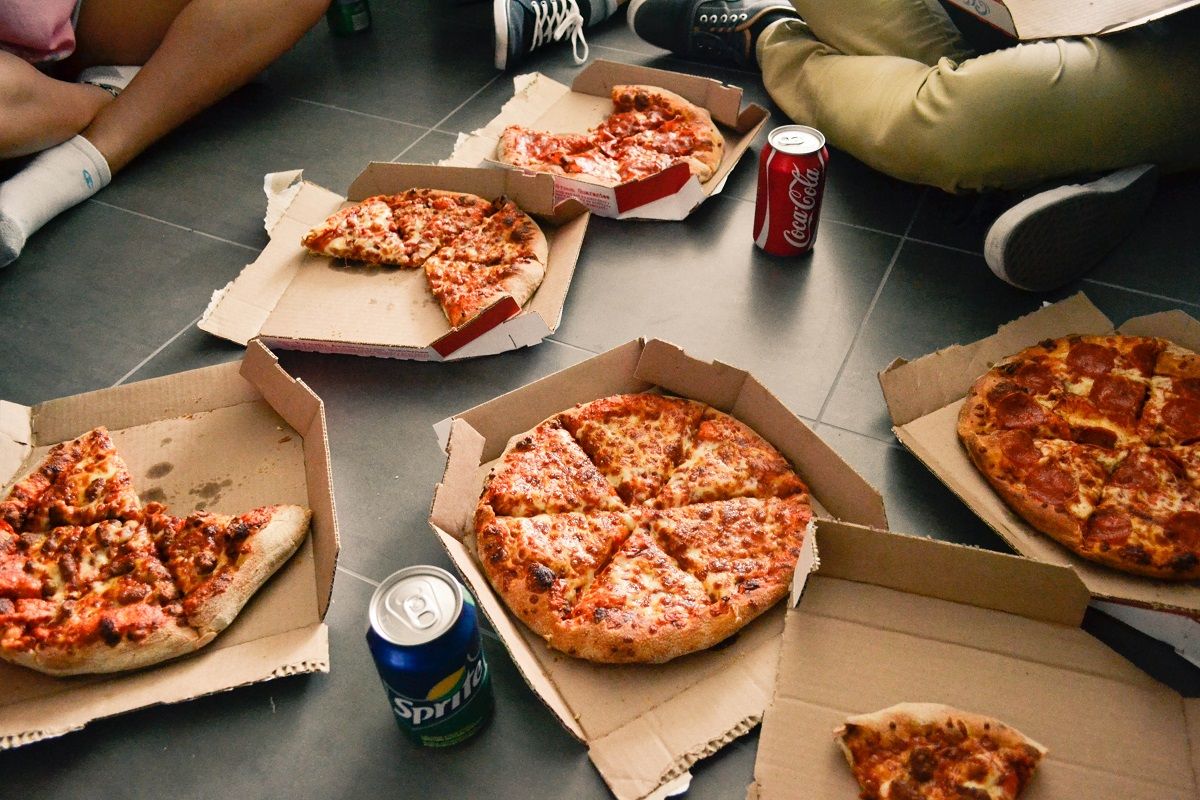
Pizza boxed could theoretically be recycled. But here’s the catch: They need to be free from grease and food particles. So take a pair of scissors and cut ’em greasy spots out!
That’s a pretty big catch that’s hard to meet for most (if not all) of us slobbering pizza addicts. Yes, we may have to cut down on pizza. I know, I’m upset about this as well.
👎 Polystyrene takeaway containers

I know, I know. You go out on a Friday night, have a few drinks, and then buy a late-night burger. For many young people, it’s a standard way to kick-start the weekend.
However, as well as the burgers being a bit unhealthy for you, the polystyrene container that houses your food is also really bad for the environment. And this isn’t merely because the material is all greasy and covered with food. Instead, it’s because polystyrene generally isn’t recyclable. Yuck.
👎 Fast food wrapping
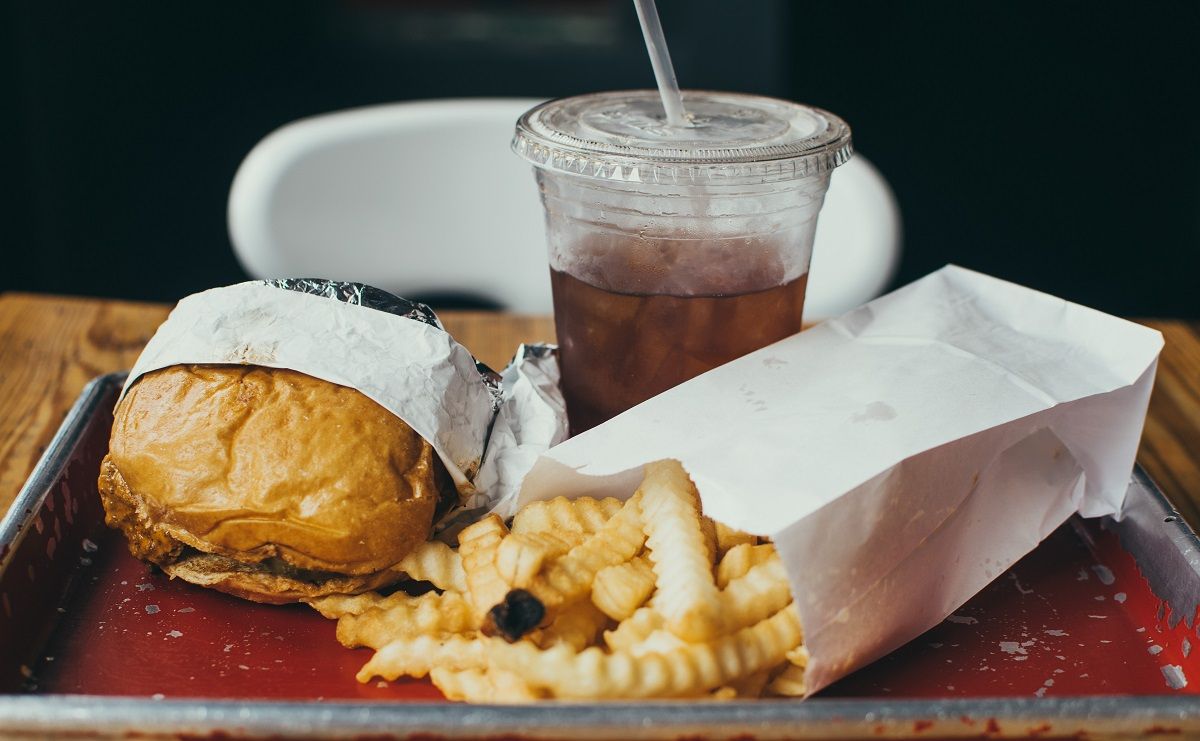
Too much fast food can come at a cost to our health — and our planet.
In my country (UK), fish and chips are probably more popular than the Queen. But while the popularity of this dish has never waned, the way it’s packaged has changed over the last few decades.
My mum and dad and their mum and dad would get their fish and chips wrapped up in newspapers that clogged the landfills. However, times have changed, and these days our fish and chips are wrapped up in a new kind of paper that — we’re told — is better for the environment!
Sadly, it isn’t. Damn. In fact, any kind of paper that wraps around your fish and chips will absorb grease and thus can’t be recycled.
It’s the same with fast food wrappings in general. Whether you’re munching on nuggets or feasting on a kebab, the wrapping will end up in a landfill because it’s covered in grease and food.
👎 Wrapping lined with foil
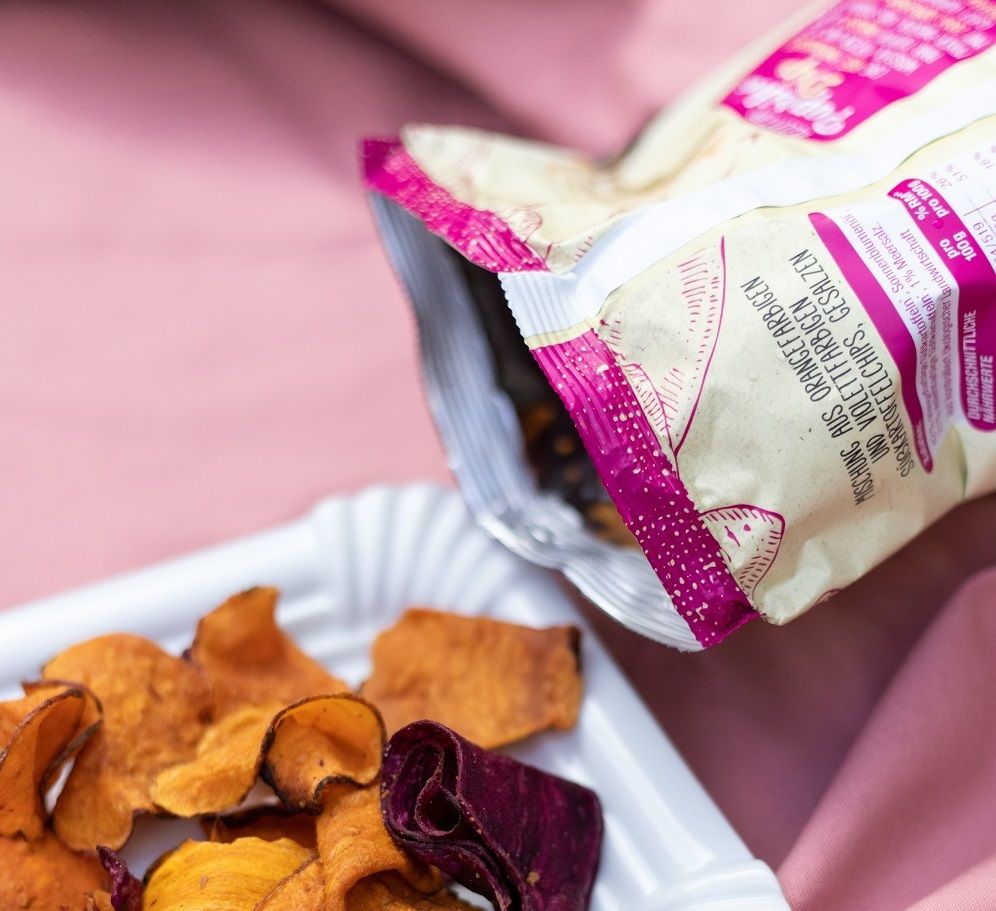
Chocolate and chips wrapping lined with foil aren’t recyclable, but Nestle (and other companies) has attempted to change the game by adding biodegradable, recyclable wrapping on some of their snack bars.
The idea is that this packaging comes from sustainable sources and will biodegrade in just 6 months if it should end up in the oceans. However, it is, of course, Nestle’s hope that people will recycle the wrappers.
Greenpeace, though, says that Nestle need to do a lot more because all they’ve done is “substitute single-use plastic for another throwaway material … this isn’t the way to go.”
“These kinds of false solutions, which are not environmentally friendly, are what put us in this mess in the first place. We need Nestle to innovate away from the single-use model entirely. We call on the company to immediately reduce its plastic packaging and implement reusable systems rather than grasping at a quick fix that could cause further environmental disasters such as deforestation.”
If cutting down on chips and chocolate isn’t an option for you, check out NatureHub app to find a package-free store in your area!
👎 Beauty products packaging
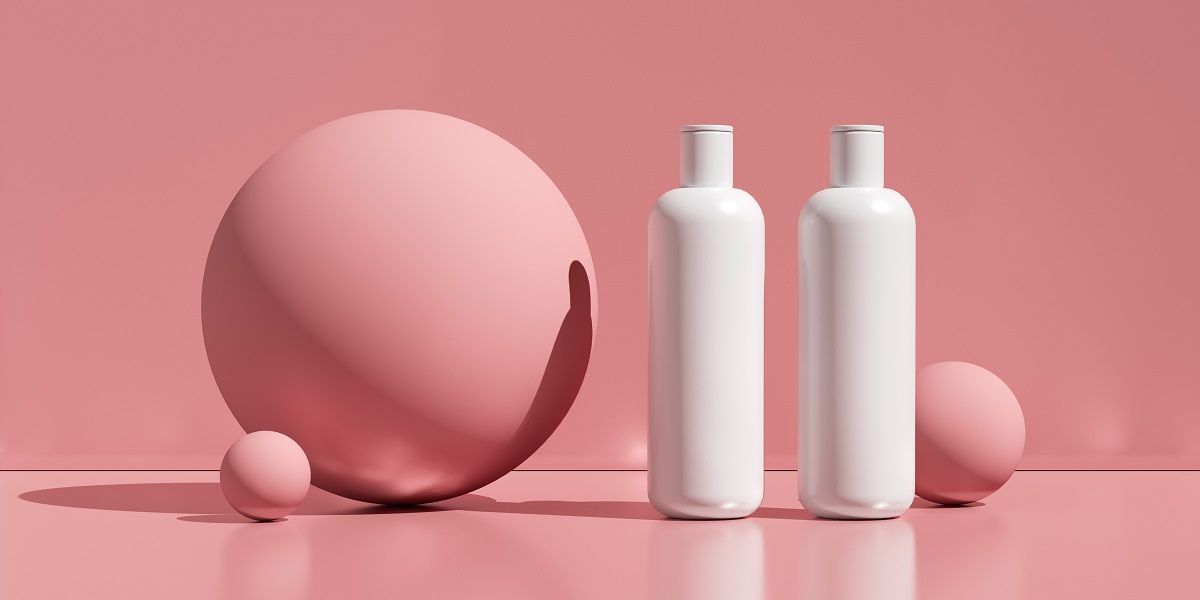
A survey showed that 30% of millennials are tricked into thinking packaging is good for the environment if it’s green and comes from a certain brand that’s known for being ‘green-minded.’
But as Stephen Clarke, Head of Communications at TerraCycle Europe points out, “beauty product packaging is often composed of a variety of materials. For example — mirrored glass, cardboard sleeves, paper inserts, expanded plastic foam, and more have been known to be used in cosmetics packaging — sometimes, all in one item. This makes recycling them incredibly difficult.”
A staggering amount of packaging is produced each year by the worldwide beauty industry, and a lot of it isn’t recycled. Some of it can be recycled, some of it can’t.
Here are some tips:
- Plastic bottles and jars with numbers 1, 2, and 5 in a triangle can be recycled but you need to thoroughly clean them out first. Glass bottles and jars are fully recyclable, too.
- Old beauty containers can be brought back to the store. A number of brands, including Kiehl’s and Lush, are accepting old beauty containers and will recycle them for you (and sometimes even give a product sample in return). Have a look online to see if any stores near you are accepting them.
- Check with stores near you if they sell products packaged in reusable materials (or with no packaging at all). See if they offer a refillable service, too!
👎 What else can’t be recycled
Before we go, let’s take a look at a few other tricky non-recyclable materials that many of us use each week, and which some of us might even use as alternative packaging materials:
- Plastic with numbers 3 and 6 in a triangle
- Tissues and paper towels
- Photo paper
- Laminated food packaging (those baby food pouches, for example)
- K-beauty and J-beauty products package, for they have special kinds of plastic types that normally can’t be recycled anywhere else
Conclusion
So, packaging, huh? Pretty evil.
Well, at least it can be.
The good news is that there are things you can do to reverse the situation and help our flagging planet out. It’s just a matter of making more eco-conscious decisions and arming yourself with knowledge. For example, pop into your local beauty stores and ask them which products are packaged in recyclable materials.
And yeah, it sucks that most of fast food is wrapped in non-recyclable packaging. On the flip side, this gives us all the chance to cut down on junk food, right?
Hey, I’m just trying to look on the bright side here…
Oh, and to find out more on this topic, check out this article: Packaging vs. Environment: Here Is What You Need to Know.
Find even more sustainable tips on NatureHub!
Sign up here: Desktop • Apple iOS • Android


